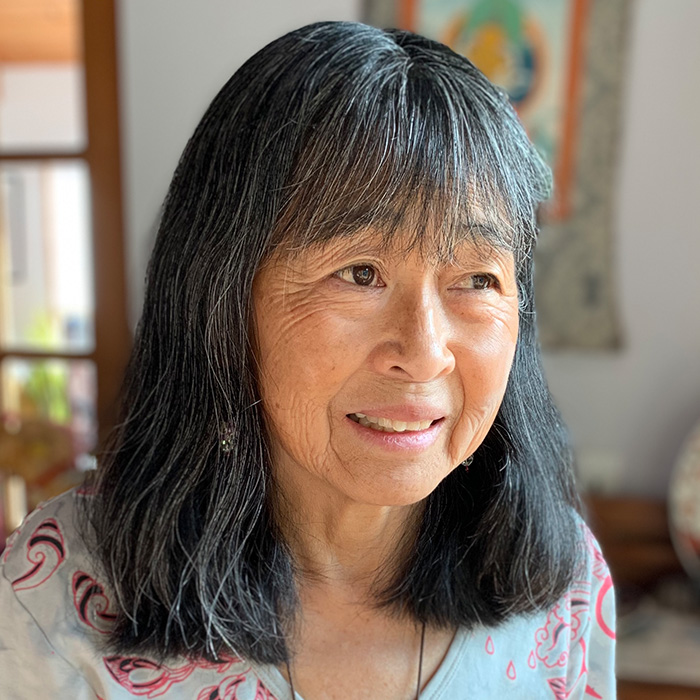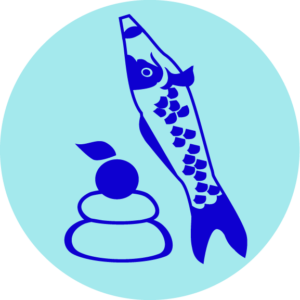
Lucien Kubo
Legacy of Sansei Activism and Culture:
Winds of Change in Japantown
LOCATION: Corner of 5th and Jackson, near the Japantown monuments.
DESCRIPTION: The Sansei, third generation Japanese Americans, along with their Chinese and Filipino counterparts, joined the social movements and cultural explosion of the 60s, 70s, and 80s and continue today. San Jose Japantown was no exception. Many of these activities happened in outdoor spaces and in the streets.
SAMPLE:
ARTIST’S STATEMENT:
Winds of Change: Images of making mochi, which are sweet rice cakes that are steamed, pounded and formed, bring family and community together. Asians for Community Action (ACA ) held their first mochitsuki at the San Jose Buddhist Church parking lot in 1971 to fund Issei-activity projects—part of the cultural identity and social justice movement sweeping the country. Images of ACA members and of various buttons of 70s issues swirl in the air. “We are the Children” by Chris Iijima and Joanne Nobuko Miyamoto reflects the soundtrack of the early Asian American movement.
Transition: The carp represents resilience and change. On the streets of Japantown, Nihonmachi Outreach Committee’s annual Day of Remembrance candlelight vigil commemorates those who were imprisoned in America’s concentration camps during WWII. The National Coalition for Redress and Reparations worked with these former internees to help build the case for and finally winning reparations. San Jose Nikkei Resisters stand in support of HR 40, Black Lives Matter and their Unity Quilt shows opposition to family separation in migrant detention centers. The Asian Law Alliance rally in support of immigrants and DACA recipients. The sounds of “Tanforan” by Yokohama California plays in the background.
Blossoming: Many organizations that make up Japantown’s culture and community are thriving. San Jose Taiko’s innovative performances are part of many events. Yu-Ai Kai Senior Center continues Mochitsuki fundraising in support of its many programs. The Japanese American Museum of San Jose shares the history of Japantown to the rest of the word and many community events bring people to the streets of Japantown. Culture abounds with Nikkei Matsuri in May, Aki Matsuri in September and the San Jose Buddhist Betsuin’s Obon in July. The spirited sound of San Jose Taiko’s “Ei Jai Nai Ka” is heard during this segment.
I am a Sansei artist, a third generation Japanese American. I am interested in art that can give voice and vision to our communities. I feel a responsibility to tell our experience through our unique stories. I have shown my art in many venues in the AAPI, as well as broader community. Special thanks to the Hidden Histories team, the book of Curt Fukuda and Ralph M. Pearce’s San Jose Japantown A Journey, and Colin Wright, who helped me with his creative animation.
ARTIST PROFILE:
Lucien Kubo is a Sansei artist, a third generation Japanese American. “The San Jose Japanese community has been an important part of our families’ lives. There are many activities such as weddings, funerals, the Buddhist Church Obon, DOR and many cultural and social events that connect us. In my art I would like to give voice and vision to this community. My range of art covers history, community, social justice and culture in many mediums. I am also an activist for social change, and like to show my art in Asian venues and in the broader community.”

